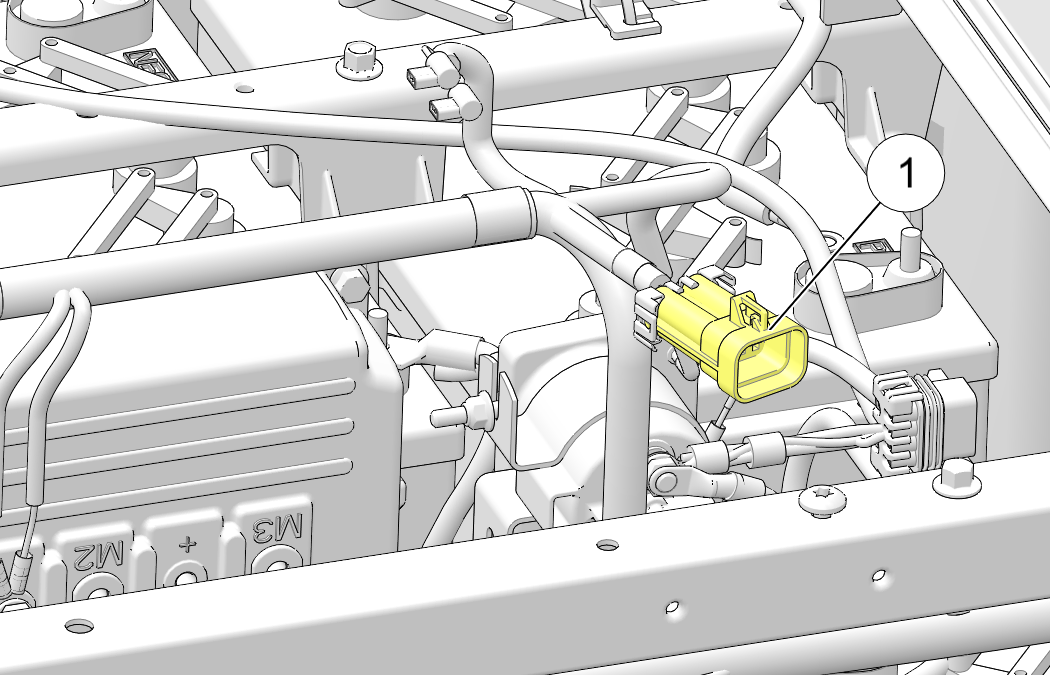
Content Source: 2021 RANGER EV Owner’s Manual (9939923 R01) > Features and Controls Chapter
| IMPORTANT |
|
The Owner's Manual for this vehicle contains warnings, instructions and other information you must read and fully understand before safely riding or performing maintenance on this vehicle.Always follow the warnings and instructions in Owner's Manual. Click the CONTENTS link above for the Table Of Contents, or download a full PDF of the Owner Manual in the Owner Support area of Polaris.com |
| Number of Charge Cycles: | New | 15 | 30 | 45 |
| Percentage of Full Capacity | 80% | 90% | 95% | 100% |
| Percent Charged | 100% | 50% | 0% |
| Approx. Freezing Point | -60° F (-51° C) | 0° F (-18° C) | 25° F (-4° C) |
| Length: | <25 ft (7.5 m) | <50 ft (15 m) | <100 ft (30 m) |
| Gauge: | 16AWG (1.5mm2) | 14AWG (2.5mm2) | 10AWG (6.0mm2) |
| Insulate any tools used within the battery area to prevent sparks or battery explosion caused by shorting the battery terminals or wiring. Remove the batteries, or cover the exposed terminals with an insulating material. |
| NOTE |
| Damage to electrical connections and components will occur if they are unplugged before the main power connector is disconnected. Always disconnect the main power connector before servicing or unplugging any electrical components. |

© Copyright Polaris Inc. All rights reserved.